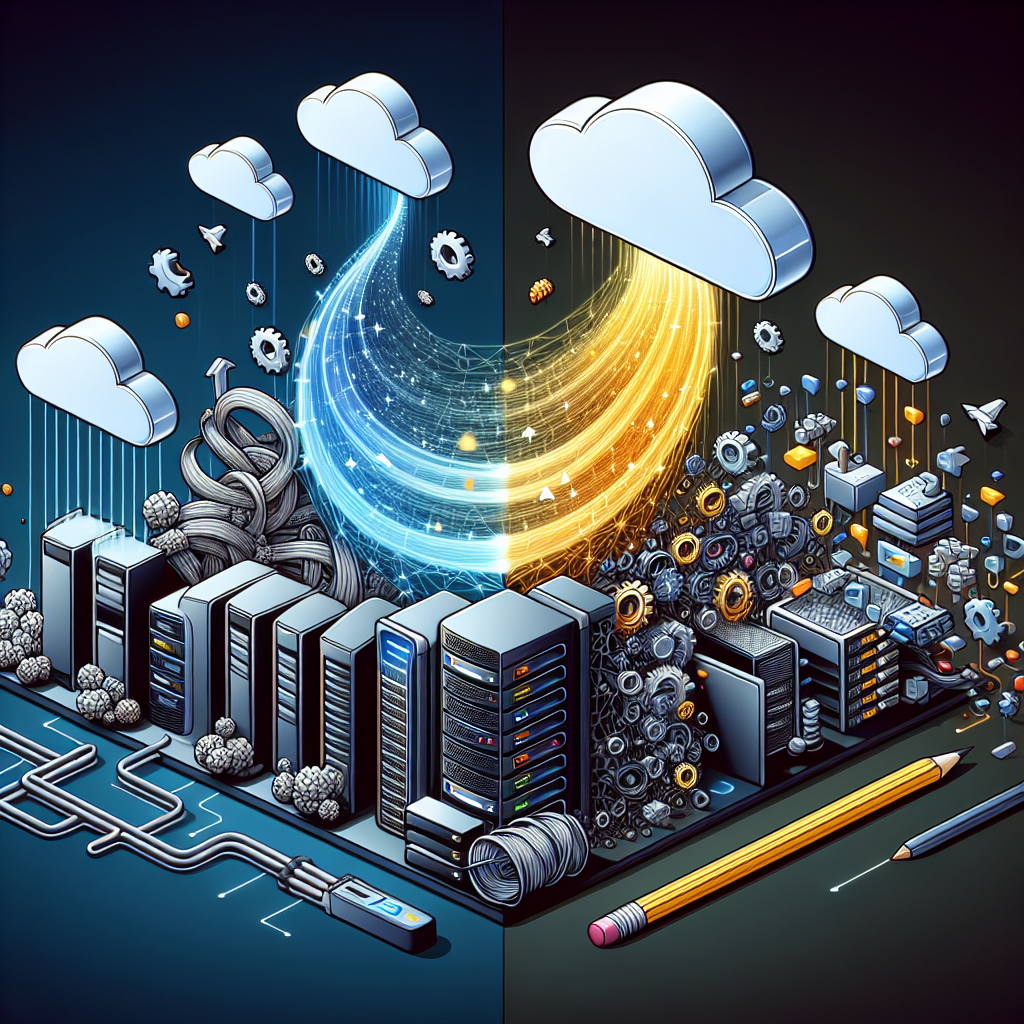Your cart is currently empty!
Migrating Legacy Applications to Serverless Architecture with Google Cloud Run

Migrating legacy applications to a serverless architecture can be a daunting task for many organizations. However, with advancements in cloud technology, such as Google Cloud Run, this process has become much more manageable and efficient.
Google Cloud Run is a fully managed platform that allows developers to run stateless containers without worrying about infrastructure management. This makes it an ideal solution for migrating legacy applications to a serverless architecture, as it provides the scalability and flexibility needed to modernize these applications.
There are several benefits to migrating legacy applications to Google Cloud Run. One of the main advantages is cost savings, as serverless architectures allow organizations to only pay for the resources they use, rather than maintaining a constant infrastructure. This can lead to significant cost reductions over time.
Additionally, Google Cloud Run offers automatic scaling, which means that applications can handle spikes in traffic without any manual intervention. This ensures that legacy applications can easily adapt to changing demand, without the need for constant monitoring and adjustment.
Furthermore, Google Cloud Run provides a secure environment for running applications, with built-in encryption and compliance features. This can help organizations ensure that their legacy applications are protected from potential security threats, while also meeting regulatory requirements.
When migrating legacy applications to Google Cloud Run, it is important to follow a structured approach. This typically involves assessing the current state of the legacy application, identifying dependencies and compatibility issues, and creating a migration plan that outlines the steps needed to transition to a serverless architecture.
It is also important to test the application thoroughly before and after the migration, to ensure that it is functioning correctly and to identify any potential issues that may arise. Additionally, monitoring and optimization are key components of a successful migration, as they can help organizations identify areas for improvement and ensure that the application is running efficiently on Google Cloud Run.
In conclusion, migrating legacy applications to a serverless architecture with Google Cloud Run can provide organizations with a cost-effective, scalable, and secure solution for modernizing their applications. By following a structured approach and leveraging the features of Google Cloud Run, organizations can successfully transition their legacy applications to a serverless architecture and take advantage of the benefits that it offers.

Leave a Reply